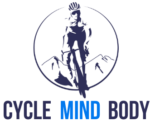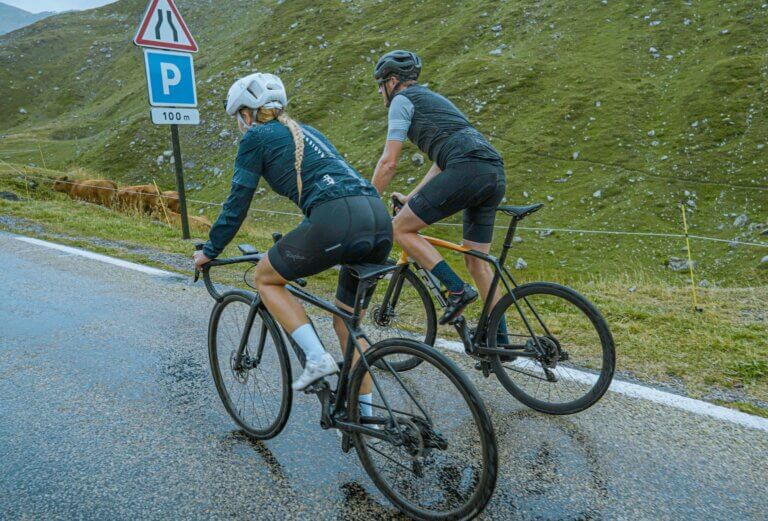From enhancing athletic performance and preventing injuries to improving posture and earning compliments on your perky backside, there are numerous reasons to want strong glutes.
One question that frequently sparks curiosity is whether cycling helps to build glutes.
In this article, we delve into the science behind cycling and glute development, debunking myths, examining scientific evidence, and offering practical tips to optimize glute engagement for cyclists.
Understanding Glutes and Their Importance in Cycling
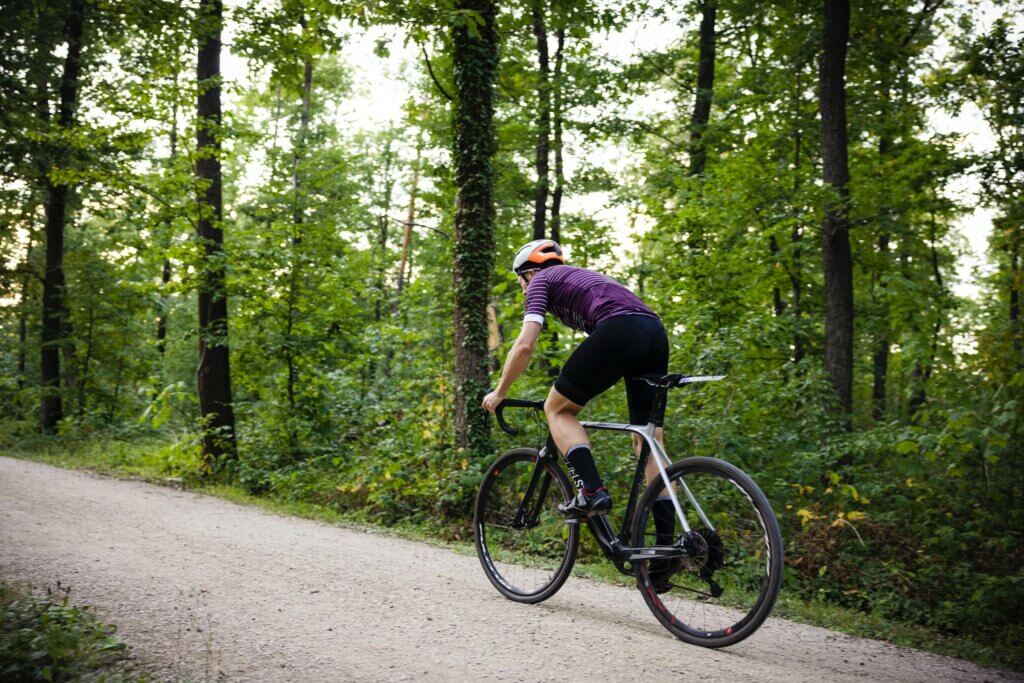
Gluteal muscles, which include the gluteus maximus, medius, and minimus, are crucial players in the world of cycling. They’re not just there for show; they’re your powerhouse muscles when you’re on the bike.
These muscles are responsible for more than just generating power; they also help keep you stable and give you the endurance to keep going mile after mile.
Every time you push down on the pedal, your glutes kick into action, pushing your hips forward and propelling you forward. But it’s not just about moving forward; your glutes also work hard to keep your hips and pelvis in the right position as you ride. This stability is key for maintaining efficiency and preventing injury.
Think of your glutes as the engine that drives your cycling performance. The stronger they are, the more power you can generate with each pedal stroke, and the longer you can ride without getting tired.
Does Cycling Build Glutes?
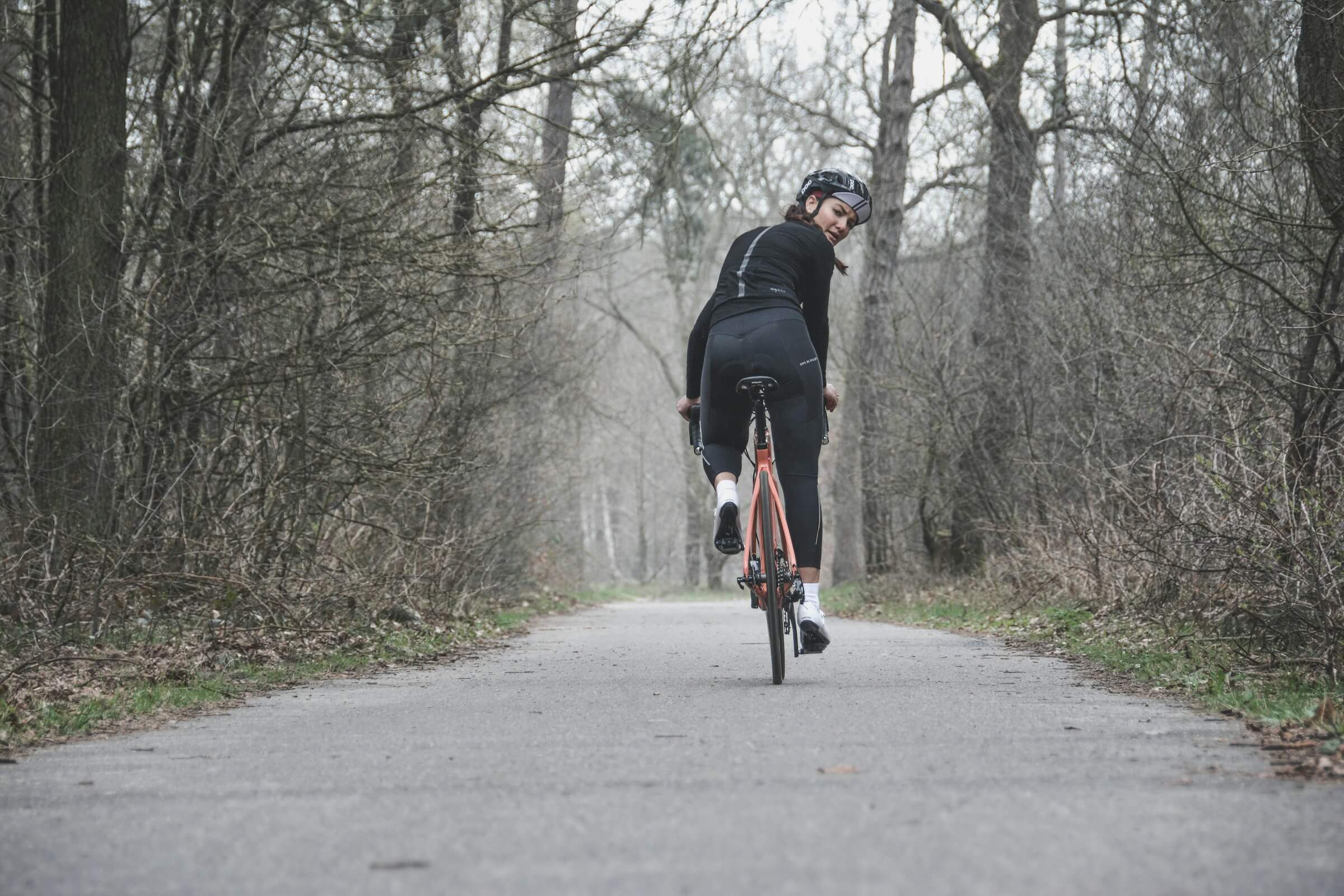
Now, let’s address the burning question: does cycling actually help build those glute muscles? The answer is yes, but with some caveats.
While cycling primarily targets the gluteus maximus, which is responsible for most of the power generation, it may not necessarily lead to significant hypertrophy or muscle growth, especially compared to resistance training exercises like squats or lunges.
Cycling is more of an endurance-based activity, so while it can strengthen and tone your glutes, it may not be the most effective method for increasing muscle mass.
Toning involves improving the appearance of your muscles by reducing body fat and strengthening the underlying muscles. So while cycling may not give you larger glutes, it can certainly help sculpt and tighten your buttocks, giving them a firmer and more shapely appearance.
Incorporating cycling into your fitness routine alongside targeted glute exercises can certainly contribute to overall glute strength and endurance.
Moreover, the intensity, duration, and frequency of your cycling workouts can influence the extent to which your glute muscles are engaged and stimulated.
Adding variety to your rides, such as hill climbs, interval training, or incorporating resistance, can provide additional challenges for your glutes and promote greater muscle activation and development.
While cycling does contribute to building and toning your glute muscles, it may not be the sole solution for achieving significant hypertrophy.
To maximize your glute gains, consider complementing your cycling regimen with targeted strength training exercises and varied cycling workouts to ensure comprehensive development and optimal performance on the bike.
How to Build Your Glutes by Cycling
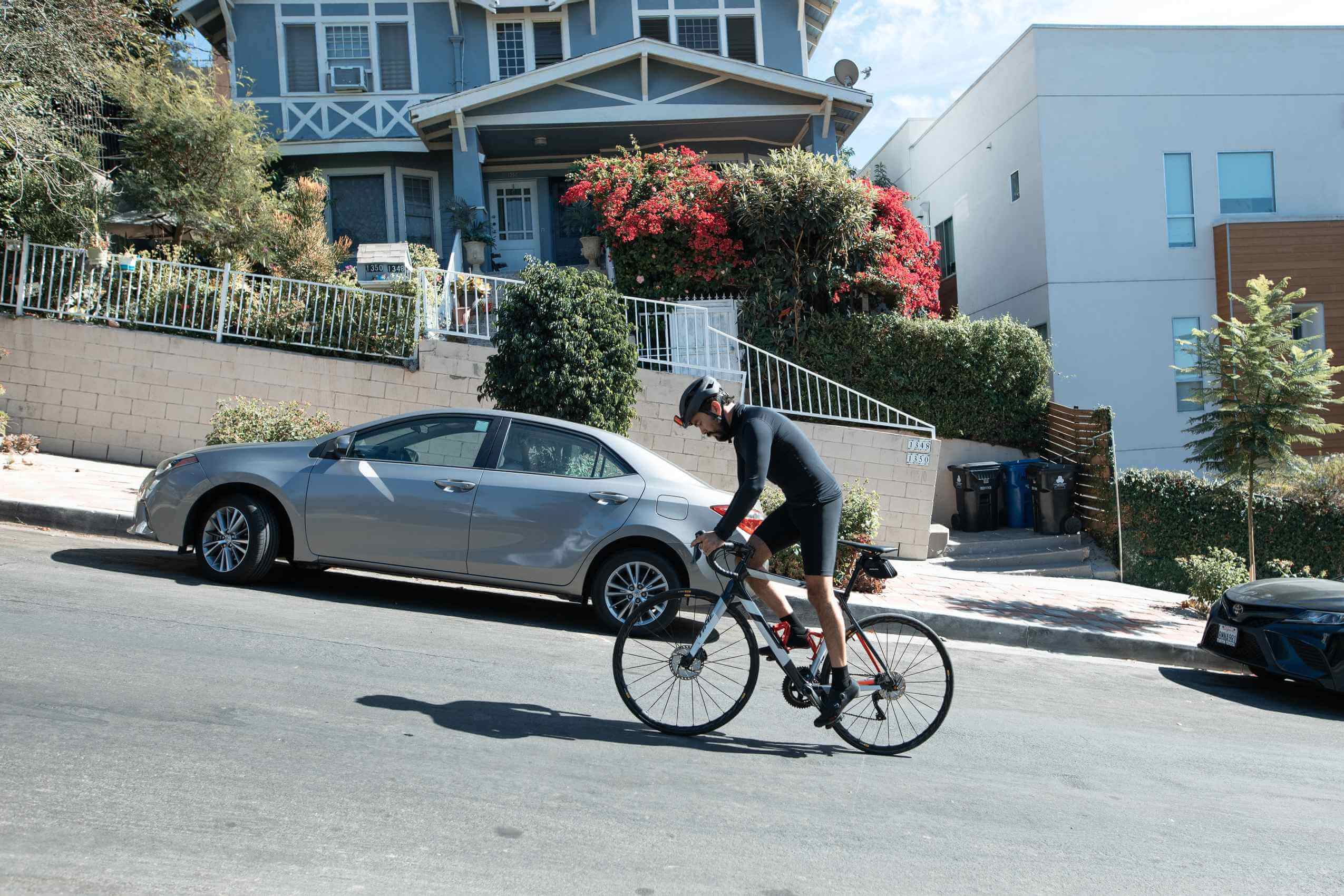
To specifically target your glutes while cycling, focus on certain techniques and strategies:
Saddle Position: Adjust your saddle height and position to ensure proper alignment and engagement of your glutes throughout the pedal stroke. A saddle that is too low can limit glute activation, while one that is too high can put unnecessary strain on other muscles.
Resistance Training: Incorporate hill climbs or use a higher gear to increase resistance and challenge your glutes. Climbing hills forces your glutes to work harder against gravity, leading to greater muscle activation and development.
Interval Training: Include intervals of high-intensity efforts followed by periods of recovery in your cycling workouts. This variation in intensity can help recruit more muscle fibers in your glutes and stimulate muscle growth.
Single-Leg Drills: Perform single-leg drills or intervals where you pedal with one leg at a time. This not only helps improve pedaling efficiency but also allows for greater isolation and activation of each glute muscle.
By incorporating these strategies into your cycling regimen, you can maximize the effectiveness of your workouts and build stronger, more resilient glute muscles that will enhance your cycling performance and overall fitness.
Remember to listen to your body and gradually increase the intensity and duration of your workouts to avoid overtraining and injury.
Building Glutes Away from the Bike

While cycling is a great way to work your glutes, it’s not the only option. There are plenty of exercises you can do off the bike to strengthen and tone your glute muscles. Here are some effective exercises to consider:
Squats: Stand with your feet shoulder-width apart, squat down as if you’re sitting back into a chair, keeping your chest up and your knees behind your toes. Push through your heels to return to the starting position.
Lunges: Take a big step forward with one foot and lower your body until both knees are bent at a 90-degree angle. Push through your front heel to return to the starting position, then repeat on the other side.
Hip Thrusts: Sit on the ground with your upper back against a bench and a barbell across your hips. Drive through your heels to lift your hips towards the ceiling, squeezing your glutes at the top, then lower back down with control.
Deadlifts: Stand with your feet hip-width apart, holding a barbell or dumbbells in front of your thighs. Hinge at your hips, keeping your back flat, and lower the weights towards the ground. Drive through your heels to return to the starting position, squeezing your glutes at the top.
Glute Bridges: Lie on your back with your knees bent and feet flat on the ground. Lift your hips towards the ceiling, squeezing your glutes at the top, then lower back down with control.
Incorporate these exercises into your strength training routine 2-3 times per week to target your glutes from different angles and maximize muscle growth.
Remember to start with lighter weights and focus on proper form to avoid injury. With consistency and dedication, you’ll see noticeable improvements in your glute strength and tone both on and off the bike.
In conclusion, while cycling alone may not lead to significant hypertrophy of the glute muscles, it can certainly contribute to overall glute strength, toning and endurance when combined with targeted exercises and proper training techniques.
